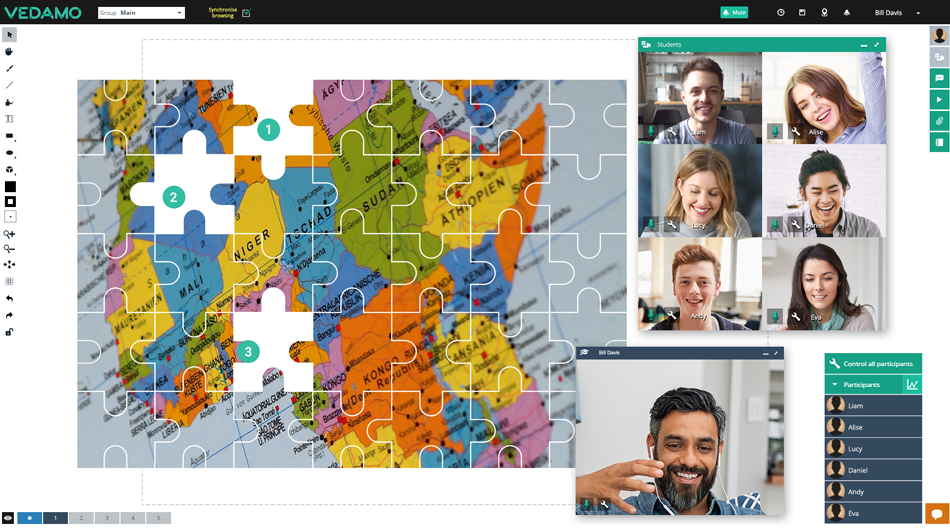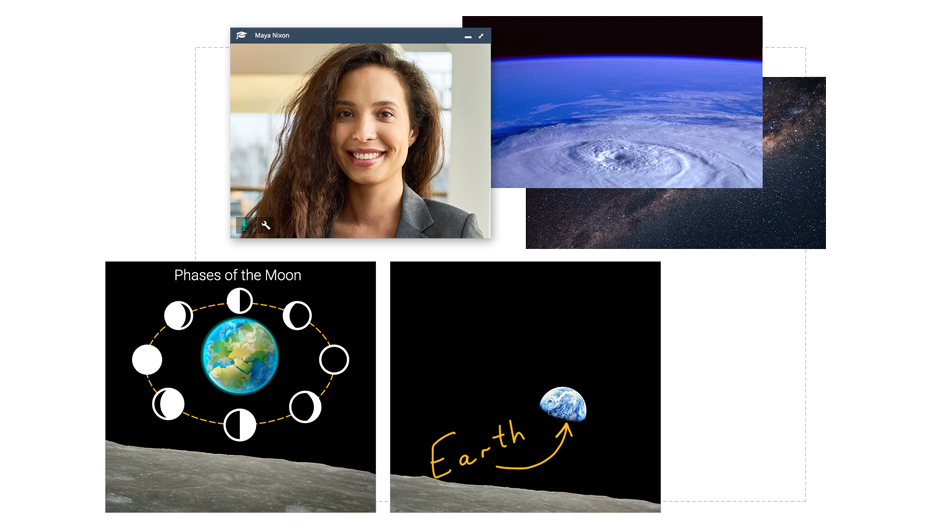Memorizing something new can be a challenging process. However, it is a very important part of every learning session. Students may face difficulties not only when it comes to understanding, but also when they need to memorize information.
Teachers, on the other hand, are in a position to try and help in this matter. A successful approach is to be aware of and use different memorization techniques in order to support their learners’ efforts.
Memorizing by Technique
Memorizing is an individual process that is not only related to what or why a person is studying. It also depends on the learning type of each individual student.
There are different memory types and all of us have a combination of them. It is important that as teachers or learners we get to know more about them. Specific methods can be used to stimulate different memory types, which can also be helpful during the memorization process. Some simple examples are:
- stimulating visual memory by using more images
- stimulating auditory memory by vocalization

- stimulating movement-activated memory by including routines
The Teacher’s Role in Memorization
A teacher is rarely able to know all of the needs of their students. In terms of formal and informal education, teachers do not often have the chance to get to know their students well enough before the end of a course. With this in mind, it is clear why educators sometimes find it difficult to determine which techniques should be used for a particular learner or group of learners.
Finding the middle ground may offer a possible solution. The teacher may need to try to facilitate several memory types at the same time, rather than just focus on one. In this way you can be helpful to as many students as possible at the same time. Furthermore, it is important to note that people usually have some combination of all of the memory types, which makes each learner’s memorization style unique.
Memorization Techniques in the Virtual Classroom
Some of the most common approaches that have been adapted to the more universal memory types offer the educator a range of memorization techniques that they can use to improve the learners’ experience by mixing and matching during the virtual classroom sessions.

Memorization Techniques in the Virtual Classroom – Associations
Creating an association is a simple technique that you can apply to your lesson. It involves pairing:
- Two terms
- A term and an image
- Two images
- A term and a phrase
- An entire sentence and any piece of information
- Color combinations that are applied to other elements
When creating an association, it is helpful to make it entertaining or something that creates a positive emotion because our brains are programmed to remember pleasant moments.
Virtual classroom insight
The opportunities offered in the virtual classroom outnumber those in the traditional one. In the virtual classroom the teacher can use resources like:
- unlimited images that are quickly applied
- quotes that can be copied and linked to a situation
- a variety of colors in different shades
- a library of shapes

Memorization Techniques in the Virtual Classroom – Repetition
Although it may seem a little old-school, this technique is proven to be effective. Just think about a song that you have listened to a million times and now know by heart. The same goes for your students – hearing or seeing the same information over and over creates pathways in their brains that make the information stick.
It should be noted, however, that this technique is only appropriate for small chunks of information. As a matter of fact, the human brain can hold only 5-9 pieces of information at a time. For everyday learning purposes it is considered a success if a student leaves the virtual classroom remembering just one of these nine.
Virtual classroom insight
The basic use of this technique involves the teacher repeating the same thing several times in different contexts so that it can be memorized by the students without them trying too hard.
A slightly more creative approach would be to use the template-creation function to design your screen in advance to show a summary of the lesson’s most important points. Another slightly more interesting variation would be to involve the students in preparing the final page as part of a group activity or even by assigning it as homework.
Memorization Techniques in the Virtual Classroom – Acronyms
A very successful, yet simple to conduct, memorization technique is to create acronyms. This is especially useful when it comes to memorizing facts in a certain order of importance. In a perfect situation the first letters would form a logical word, phrase, or sentence, but funny sounding non-existent ones are also helpful.
Virtual classroom insight
You can divide your students into smaller groups using the virtual classroom’s grouping option (Breakout rooms), and gamify the process by declaring a contest for the best, longest, or funniest acronym.
